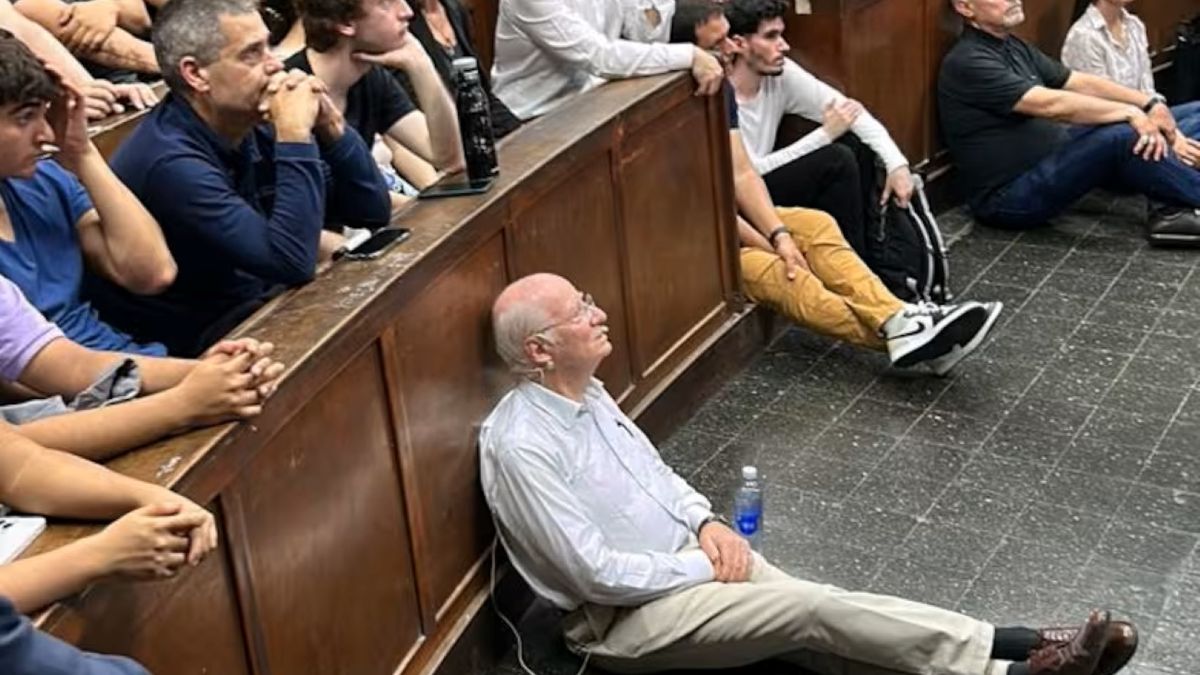The key to this success was in the increase in the exchange gap and the expectation of its expansionwhich improves the implicit price of the Cash with Settlement (CCL) to which indebted importers could access by subsequently liquidating the Bopreal in the secondary market.
This allows them to avoid restrictions to continue accessing the official market. It is key to mention that in the two previous tenders, The BCRA could only place a total of US$125 million.
Bopreal: the gap effect
In the last days, the exchange gap experienced a notable increasegoing from levels even below 10% to reaching 40% and a little more in the Cash with Settlement (CCL). This phenomenon is attributed to the combination of the low interest rate and the expectation of devaluation, derived from the announced exchange delay with a crawling peg very slow, in contrast to inflation that erodes the real exchange rate at an estimated rate of at least 25% per month, according to projections for January.
Thus, in a scenario in which the gap continues to grow, This mechanism could be even more convenient for importers. The recent Bopreal tender was considered “good news” by the economist Amilcar Collantewho highlighted its usefulness as an outlet for importers stock with outstanding debts.
The possibility of listing on the secondary market and the ability to use it to pay taxes make this instrument a novel and sophisticated option, commented the analyst.
The evolution of the exchange gap and the decline in the dollar are key elements in the perception of experts. Collante suggests that the agreement with the IMF and the operation of BopreaThey could alleviate exchange rate pressureproviding some clarity and reducing uncertainty.
Economist Jorge Neyro, for his part, pointed out in line with other analysts that the expansion of the exchange gap to 40-45% boosted demand for Bopreal. It predicts that this trend could continue in the long term, even reaching US$5 billion in future tenders.
Fabio Rodríguez, financial analyst, considered that the gap met its role in improving the implicit exchange rate for the importer. However, it warns about the need for a balance between supply and demand in the market to establish a price and parity that provides certainty to importers.
In summary, the Government achieved a first victory to address the debt of a crucial sector for the Argentine economy.
Source: Ambito
I am a 24-year-old writer and journalist who has been working in the news industry for the past two years. I write primarily about market news, so if you’re looking for insights into what’s going on in the stock market or economic indicators, you’ve come to the right place. I also dabble in writing articles on lifestyle trends and pop culture news.




